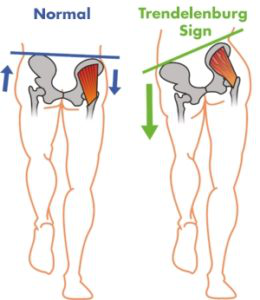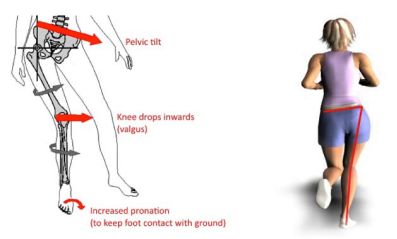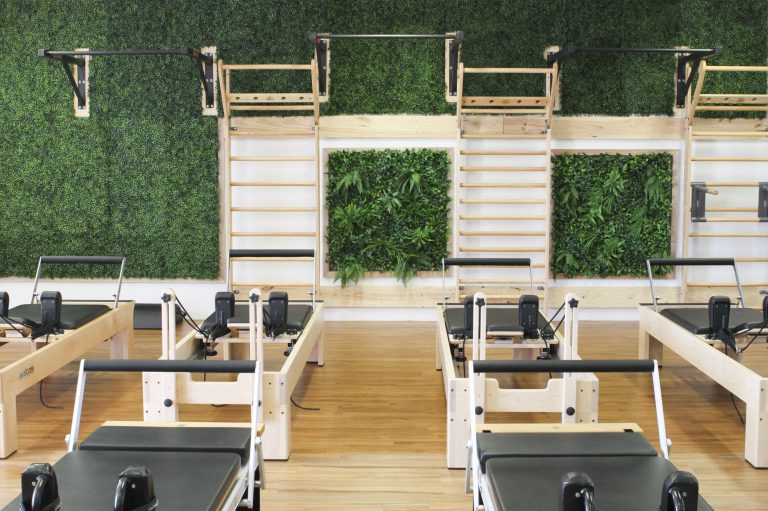Although for very different reasons, J-Lo, Flo –Rida, 50-cent and Sir Mixa-lot may be right for drawing attention to your badonka-donk after all, and a bootilicous booty may be the answer to your low back, hip and knee pain!
There are actually three gluteal muscles to address for functional strength. Not just the notorious gluteus maximus, but two others called gluteus minimus and gluteus medius. While glute max is the powerful extender of the hips, it is the smaller gluteal muscles minimus and medius which control the ‘drop’ of the hip and leg movements to the side.
When your smaller gluteal muscles aren’t as strong as they should be, you can develop what is called a “trendelenburg sign”. Which simply put is where you walk more like a model on the catwalk, and your hips drop out to the side with each step. While this looks lovely on Victoria secret models, its not so great on a daily basis for your lower limbs. A Trendelenburg sign can also lead to a change in the angle of the knee with walking and running, causing knee pain and even foot pain.

No we’re not speaking Kardashian shaping, Im talking about strong, functional gluteals which allow for optimal alignment of the lower limbs. Plus, the great thing about gluteal training is that you can train for functional strength with no equipment and in the comfort of your own home! Here’s a a few progressions of a simple gluteal exercise you can do at home to get you started, but of course if you are experiencing pain in any of the areas mentioned in this article, make sure you consult your physiotherapist for an assessment.
Disclaimer: You will feel the burn!
Stage 1) – Double leg glute bridge with band
Stage 2) – Single Leg glute bridge
Stage 3) – Single leg glute bridge unstable surface
Stage 4) – Single leg glute bridge unstable surface and weight
[wpvideo rM60pnJU]
Tahnee Goodman
Physiotherapist


